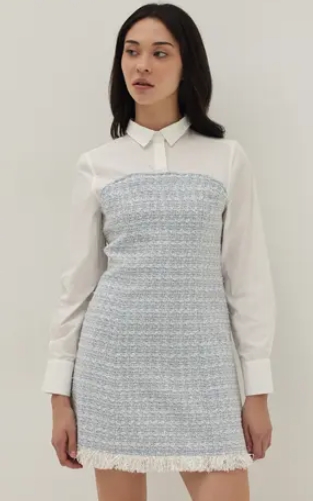When it comes to choosing the right fabric for athletic wear or everyday clothing, the debate between cotton and polyester often arises, especially for those concerned about sweat management and comfort. Understanding the properties of these two popular materials can help consumers make informed decisions that enhance their performance and comfort levels. This article delves into the science behind sweat production, the characteristics of cotton and polyester, and how each fabric interacts with moisture, ultimately answering the question: What makes you sweat more, cotton or polyester?
The Science of Sweat
Before we compare the two fabrics, it’s essential to understand how sweat works. Sweating is the body's natural mechanism for regulating temperature. When the body heats up—due to physical activity, environmental conditions, or stress—sweat glands produce moisture that evaporates from the skin, cooling the body down. However, the effectiveness of this cooling process can be significantly influenced by the clothing worn.
Cotton: The Natural Choice
Cotton is a natural fiber known for its softness, breathability, and comfort. It has several advantages when it comes to everyday wear:
- Breathability: Cotton fibers allow air to circulate, which can help in evaporating sweat. This property makes cotton a popular choice for casual wear and light exercise.
- Absorbency: Cotton can absorb moisture up to 27 times its weight, making it effective at soaking up sweat. However, this absorbency can be a double-edged sword.
- Comfort: The softness of cotton makes it comfortable against the skin, which is why many people prefer it for everyday clothing.
Despite these advantages, cotton has significant drawbacks when it comes to high-intensity activities:
- Slow Drying Time: Once cotton absorbs sweat, it tends to stay wet for a longer period. This can lead to discomfort, chafing, and a feeling of heaviness during workouts.
- Weight: Wet cotton can become heavy, which may hinder performance in athletic situations.
Polyester: The Performance Fabric
Polyester, a synthetic fabric, has gained popularity in the athletic wear industry due to its unique properties:
- Moisture-Wicking: Polyester is designed to wick moisture away from the skin and to the fabric's surface, where it can evaporate more quickly. This feature helps keep the wearer dry and comfortable during intense activities.
- Quick Drying: Unlike cotton, polyester dries rapidly, which is crucial for maintaining comfort during prolonged physical exertion.
- Durability: Polyester is generally more durable than cotton, resisting wear and tear from repeated washing and physical activity.
However, polyester is not without its downsides:
- Less Breathable: While modern polyester fabrics have improved in breathability, they can still trap heat and moisture against the skin, particularly in humid conditions.
- Odor Retention: Polyester can retain odors more than cotton, which may be a concern for those engaging in prolonged physical activities.
Comparative Analysis: Sweat Management
When comparing cotton and polyester in terms of sweat management, several factors come into play:
- Evaporation Rate: Polyester's moisture-wicking properties allow it to evaporate sweat more efficiently than cotton. This means that during high-intensity workouts, polyester will likely keep you feeling drier and cooler.
- Comfort Level: While cotton may feel more comfortable initially, its tendency to retain moisture can lead to discomfort as the workout progresses. Polyester, on the other hand, may feel less soft against the skin but offers superior moisture management.
- Activity Type: For low-intensity activities or casual wear, cotton may be sufficient and comfortable. However, for high-intensity workouts, running, or sports, polyester is generally the better choice.
Conclusion: Choosing the Right Fabric
Ultimately, the choice between cotton and polyester depends on the activity and personal preference. For casual wear or low-intensity activities, cotton offers comfort and breathability. However, for high-performance scenarios where sweat management is crucial, polyester stands out as the superior option due to its moisture-wicking capabilities and quick-drying properties.
In conclusion, if your goal is to minimize sweat and maximize comfort during intense physical activities, polyester is the fabric of choice. Understanding the characteristics of these materials can empower consumers to make informed decisions that enhance their performance and overall experience. Whether you’re hitting the gym or enjoying a leisurely day out, knowing what makes you sweat more can lead to a more comfortable and enjoyable experience.

